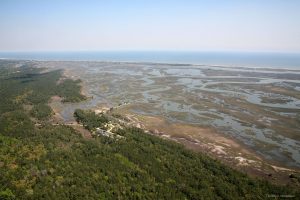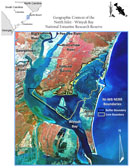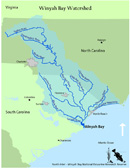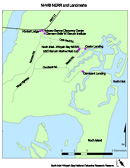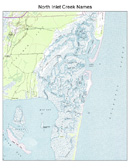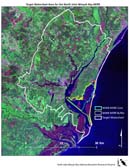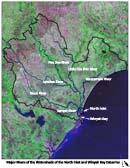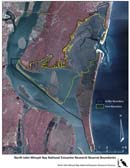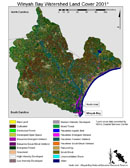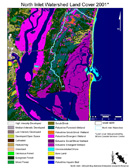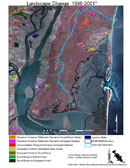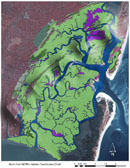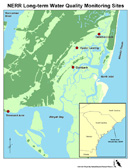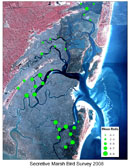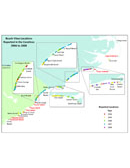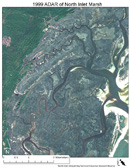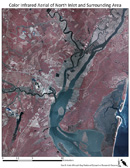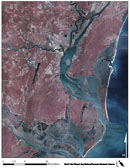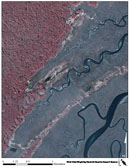About North Inlet-Winyah Bay
The North Inlet-Winyah Bay (NIWB) NERR was established in 1992 as a partnership between National Oceanic and Atmospheric Administration (NOAA) and the University of South Carolina’s Belle W. Baruch Institute for Marine and Coastal Sciences. We are one of 29 Estuarine Research Reserves around the coastal United States dedicated to conservation, research, education and stewardship in America’s estuaries. We are headquartered at the internationally recognized Baruch Marine Field Laboratory in Georgetown, South Carolina.
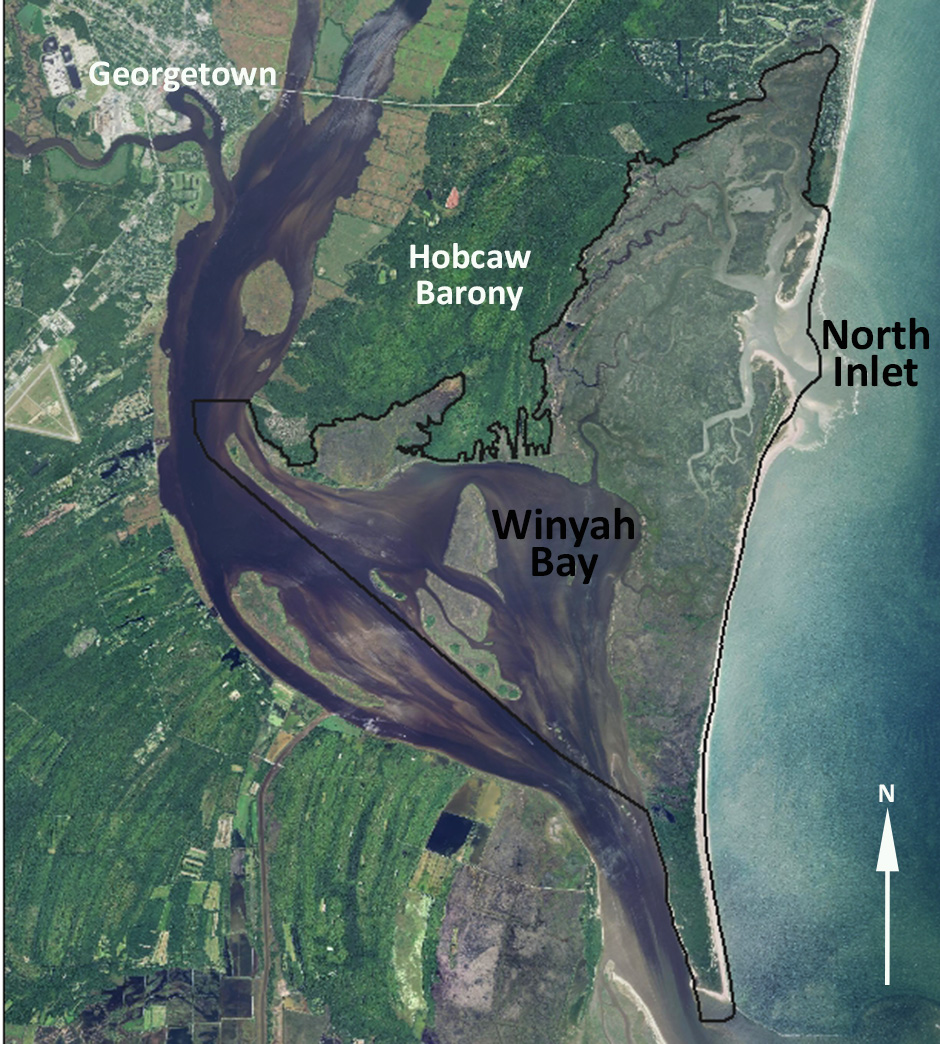
The North Inlet-Winyah Bay Reserve encompasses about 18,916 acres of tidal marshes and wetlands. North Inlet is an ocean-dominated estuary, featuring high water quality and extensive salt marshes surrounded by a small, forested watershed that is currently in a relatively undeveloped state. Freshwater input into North Inlet drains from the lands of Hobcaw Barony to the east, and Debordieu residential community to the north. Winyah Bay, in contrast, is a brackish water estuary dominated by input from four major rivers flowing into it. These rivers – the Waccamaw, Sampit, Black, and Pee Dee Rivers – drain the third largest watershed (approximately 18,000 square miles) on the east coast of the US, a watershed that is impacted by agricultural, municipal and industrial development.
The 12,000 acres of the Reserve are a part of the greater 16,000-acre Hobcaw Barony, a tract of protected land on the Waccamaw Neck. Hobcaw Barony is overseen by the Baruch Foundation, and consists of wetlands, former rice fields, upland hardwood and pine forests, and barrier islands, all of which provide excellent research opportunities.
Reserve Maps and Images
